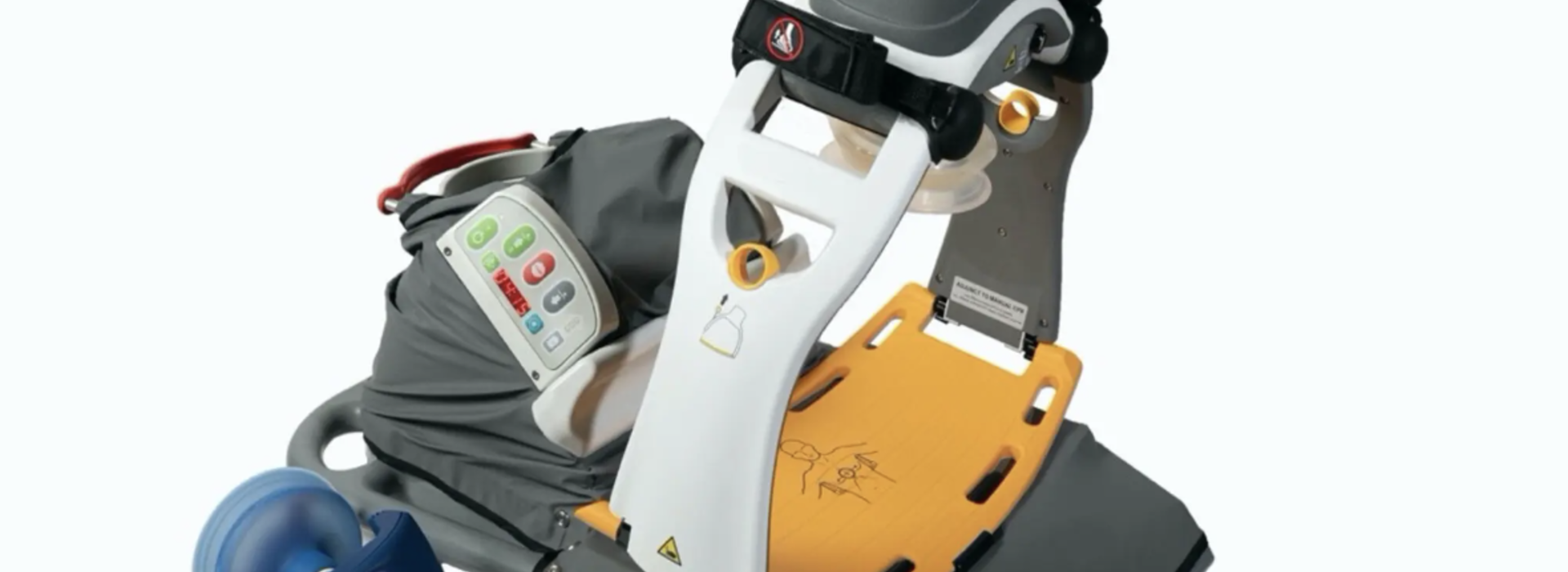
Top Story: How a Toilet Plunger Improved CPR
In 1988, an old man’s heart stopped at his home, with both his wife and son unsure of how to perform CPR. His wife grabbed a toilet plunger to get his heart going before the ambulance arrived. The man was able to make a full recovery, leaving doctors thinking of better ways to do CPR, or cardiopulmonary resuscitation, the conventional method of chest compressions after cardiac arrest.
Traditional CPR doesn’t have a great track record, and Keith Lurie, MD, a cardiologist at the University of Minnesota Medical School says, “It is dismal.” Dr. Lurie treated the plunger patient back in 1988. The new procedure, called neuroprotective CRP, requires three pieces of equipment that can fit in a backpack, and costs around $20,000. The first component is the silicone plunger, which forces the chest up and down. A plastic valve fits over a facemask or breathing tube to then control the lungs, and the third is a body positioning device, sold by AdvancedCPR Solutions, founded by Dr. Lurie.
Just this week, researchers revealed some outstanding results of combining the three devices, giving patients a 10 percent chance rather than 3 percent of leaving the hospital neurologically intact.
You can read more about neuroprotective CPR here.